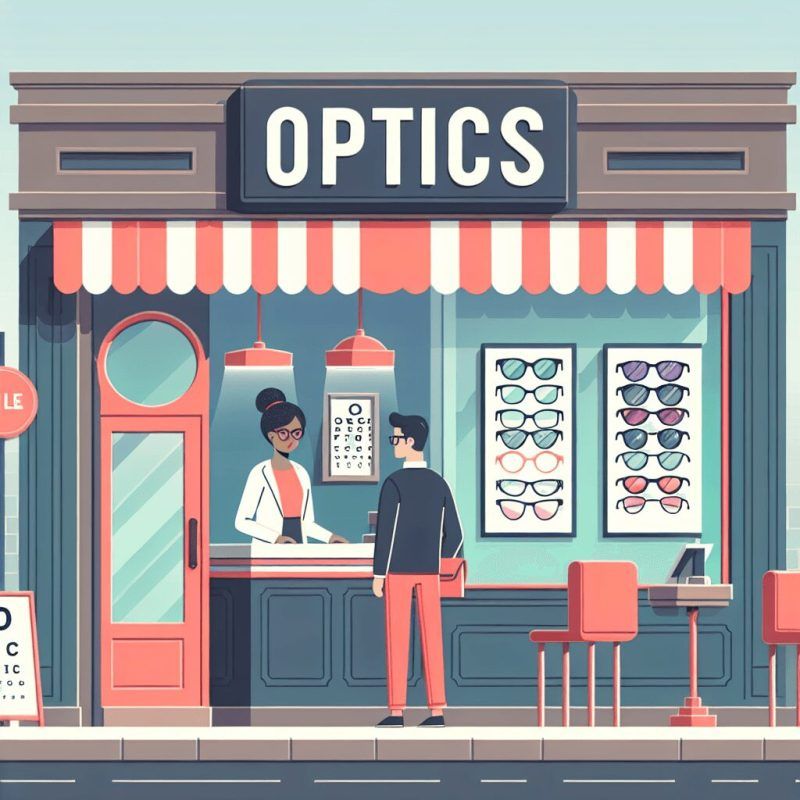Doctor's Corner
Treating Glaucoma: Advanced Options
Advanced glaucoma requires effective treatment options to protect vision. Trabeculectomy is a surgical procedure that can reduce eye pressure effectively. It is more successful than traditional eye drops. Surgery may be more cost-effective long-term, while eye drops are a more affordable short-term solution. Vision rehabilitation and psychosocial support are essential for improving quality of life in advanced glaucoma.
Individualized care and considering all treatment options are crucial in managing this condition.
Overview of Glaucoma Treatment Options
Traditional Treatments
Traditional treatments for glaucoma have improved over time to better manage advanced cases.
Optometrists need to consider various factors, including medications, family history, and socio-economic status when choosing treatment options. Trabeculectomy, while effective, comes with potential complications that require personalized care and a thorough review of all available choices for patients with advanced glaucoma.
Traditional treatments like trabeculectomy remain a significant part of managing glaucoma , working hand in hand with advanced therapies to safeguard vision and boost patient outcomes.
Advanced Options for Treating Glaucoma
Minimally Invasive Glaucoma Surgery (MIGS)
Minimally Invasive Glaucoma Surgery has advantages over traditional treatments for advanced glaucoma patients.
It has lower complication risks and faster recovery than procedures like trabeculectomy.
MIGS also offers more predictable outcomes in reducing intraocular pressure, benefiting optic nerve and visual fields.
Patient selection for MIGS involves factors like disease progression and safety.
While risks exist, they are generally less severe than with more invasive procedures.
Ophthalmologists such as Prof. King and Dr. Panarelli decide on MIGS for advanced glaucoma patients, ensuring benefits outweigh risks.
Trabeculectomy Revisited
Trabeculectomy is a surgical procedure used for advanced glaucoma. Studies, like the TAGS trial, show that it is effective in managing the condition.
Factors like family history, age, and ethnicity should be considered. Early trabeculectomy could be important in preventing vision loss and improving visual function for advanced glaucoma patients.
Trabeculectomy’s safety and effectiveness compared to eye drops and MIGS make it crucial in preventing blindness and enhancing quality of life.
Individualized care and managing complications make trabeculectomy a valuable part of advanced glaucoma management.
Patient Selection for Advanced Glaucoma Treatments
Considerations for Early Trabeculectomy
Early trabeculectomy is a surgical option for advanced glaucoma. Factors such as medication adherence, family history, age, ethnicity, and socioeconomic status should be considered. Compared to other treatments like eye drops or MIGS, trabeculectomy is more effective at reducing intraocular pressure. However, it comes with potential risks that ophthalmologists like Prof. King or Dr. Panarelli must manage. It’s crucial to weigh the benefits against the risks.
Psychosocial support and vision rehabilitation programs are essential for optimizing patient outcomes and experience in glaucoma care.
Supporting Data for New Treatment Approaches
Studies have shown that trabeculectomy is effective in reducing eye pressure in glaucoma compared to eye drops.
Clinical trials, such as TAGS, suggest that Optometrists can now consider trabeculectomy as a primary surgical intervention for advanced glaucoma patients.
It is important to provide individualized care and consider all treatment options to optimize outcomes for patients at risk of visual function decline.
Evidence-based approaches can improve the safety and efficacy of glaucoma management, reducing visual field loss and disease severity.
Integrating psychosocial support and vision rehabilitation can enhance the overall quality of life for patients with advanced glaucoma, aligning with current guidelines in ophthalmology.
Practice Considerations for Managing Advanced Glaucoma
Operative Techniques and Management Pearls
Trabeculectomy is a primary surgical intervention in advanced glaucoma. It is recommended for patients with a high risk of disease progression.
The management of complications related to trabeculectomy should also be a key aspect of patient care. Moreover, psychosocial support and vision rehabilitation are crucial for enhancing quality of life and optimizing visual function in glaucoma patients.
By combining advanced surgical techniques with comprehensive management strategies, ophthalmologists can effectively address the challenges posed by advanced glaucoma and improve patient outcomes.
Addressing Risks and Complications
Healthcare providers can help with advanced glaucoma by giving personalized care. This includes thinking about the risks and benefits of treatments like trabeculectomy.
It’s also key to educate patients fully on surgery risks versus using eye drops. Giving patients psychosocial help, vision therapy, and follow-up care is crucial for a better quality of life. By considering each person’s situation, healthcare providers can improve treatment and reduce risks in the long run.
Financial Disclosures and Support in Advanced Glaucoma Management
The Importance of Patient Education
Patient education is crucial in managing advanced glaucoma. It helps patients understand their disease and treatment options.
Being well-informed about conditions like open-angle glaucoma allows patients to be part of decisions about their health.
For example, patients having trabeculectomy for advanced glaucoma benefit from knowing about potential complications and outcomes of the surgery.
This knowledge helps them work with optometrists to choose the best treatment based on their situation, like family history or medication adherence.
Patient education also improves treatment adherence and quality of life. It stresses the importance of follow-up appointments, taking medications, and using psychosocial support for emotional challenges due to vision loss and disease progression.
Participation in Clinical Trials like the TAGS Trial
When considering participating in clinical trials like the TAGS Trial for advanced glaucoma treatments, individuals should keep in mind factors such as:
-
Adherence to medications
-
Family history
-
Age
-
Ethnicity
-
Socioeconomic status
Participating in these trials can help advance treatment options for glaucoma by providing new evidence, like the potential for trabeculectomy as a first-line treatment from trial results. Benefits of participating include:
-
Access to innovative treatments
-
Contribution to medical research
FAQ
What are some advanced treatment options for glaucoma?
Advanced treatment options for glaucoma include minimally invasive glaucoma surgery , laser therapy such as selective laser trabeculoplasty (SLT), and implantable devices like the iStent.
What are the benefits of choosing advanced treatment options for glaucoma?
Choosing advanced treatment options for glaucoma can help slow down the progression of the disease, preserve vision, and potentially reduce the need for surgery. Examples include minimally invasive glaucoma surgery and selective laser trabeculoplasty.
How effective are advanced treatment options for managing glaucoma?
Advanced treatment options for glaucoma, such as laser therapy and minimally invasive glaucoma surgeries, can be highly effective in managing the condition. These options help to lower intraocular pressure and slow down disease progression, reducing the risk of vision loss.
Are there any risks or side effects associated with advanced glaucoma treatments?
Yes, some advanced glaucoma treatments like surgery or implantable devices may carry risks such as infection, bleeding, or vision changes. It is important to discuss potential side effects with your healthcare provider.
How can I determine if advanced treatment options are right for my glaucoma management?
Consult with your optometrist to discuss whether advanced treatment options such as laser therapy or minimally invasive glaucoma surgery are suitable for your specific glaucoma management needs. They can assess your individual condition and recommend appropriate treatment strategies.
Discover exceptional eye care at Superior Eye Care in The Woodlands or Quality Eye Care in Willowbrook, Texas. Book your appointment today for expert support in controlling glaucoma and protecting your eyesight.
The post Treating Glaucoma: Advanced Options first appeared on Optometrist in Woodlands & Willowbrook TX.
Doctor's Corner





